On The Shelf: Collectible China Plates
Smack Dab In The Middle: Design Trends Of The Mid-20th Century
By Donald-Brian Johnson - July 07, 2023
What should I do with these? Thats the question Im often asked by folks whove inherited a collection of collections. Sometimes its phrased less delicately: How the heck do I get rid of this stuff? I generally respond with my own question: Do you like it? Many times, the answer is no. Usually, the stuff theyre talking about falls into the category of intentional collectibles. These were items created with just one purpose in mind: to be collected. They differ from items created for another purpose, say, for instance, antique kitchen implements, which only later attracted collector interest. Intentionals can range from Shirley Temple dolls to presidential bobbleheads. Often, they are china plates. These are the plates youll see advertised in magazines at the grocery store checkout counter, usually with the enthusiastic header, edition extremely limited! Want to celebrate beloved artists, such as Terry Redlin? To learn all about Birds of the World? To relive scenes from The Sound of Music? Modern collectible china plates cover themes like these, and lots more. If you like them and want to assemble a collection, great! However, if theyre part of the stuff youre trying to get rid of, options are limited. It is too bad, because collectible china plates have a long and varied history. Painted china plates made their first documented appearance in 9th century China (hence the name) and eventually became a desirable European trade item. By the 18th century, Europeans had learned the secret of creating porcelain and began turning out their own decorated china plates, many of which had the look of oil paintings. During the reign of Queen Victoria, plate painting became a parlor craft for ladies of the upper classes. However, during the heyday of the painted plate (1880-1920), manufacturers, both in the United States and abroad, employed a multitude of less financially fortunate, yet remarkably skilled women to paint plates. These early collectibles often focused on nature-based themes, such as flowers or scenic landmarks, tasteful enough for inclusion in a turn-of-the-20th-century home. As demand grew, the artists moved from freehand painting to stencils, speeding up production and ensuring uniformity of design. Later developments, such as transfer printing, screen printing, and lithography, made mass production possible but eventually replaced individual paintwork. Intended for display, plate diameters ranged from 8 to 10 inches. The first plate regarded as a true modern collectible focused on a theme still popular today: Christmas. Bing and Grondahls Behind the Frozen Window was released in 1895. B & Gs familiar blue-and-whites have continued to celebrate the season into the present. Among other familiar names eventually joining the porcelain plate parade: Royal Copenhagen, Wedgwood, Royal Doulton, Hummel, and those magazine favorites, the Bradford Exchange, Danbury Mint and Franklin (Mint) Porcelain. Collectible china plates were also issued on a much smaller scale to recognize various localities, or to promote local businesses. But back to the main question: What to do with them? First, a hard fact to face: if you resell the plates, you will never get back their original purchase price (After all, that limited edition may have been limited to a million). A quick check of eBays sold listings indicates the majority of mass-market collector plates issued since the 1980s sell for well under $10 each. Nature-themed plates from the early 20th century fare better, as do plates which appeal to specific interest groups (there always seems to be a Star Wars fan in need of another Star Wars collectible). Even these, however, rarely top $100. If maximum sales prep for minimal rewards has no appeal, donating to a charitable resale source is always a worthwhile option. But before making a final decision, you may really want to think it over. Those china plates may mean nothing to you. But they meant something to Grandma. And who knows? That stuff might, someday, mean something to your kids. Grandma would be proud. Photo Associate: Hank Kuhlmann. All photos by Donald-Brian Johnson. Donald-Brian Johnson is the co-author of numerous Schiffer books on design and collectibles, including Postwar Pop, a collection of his columns. Please address inquiries to: donaldbrian@msn.com.


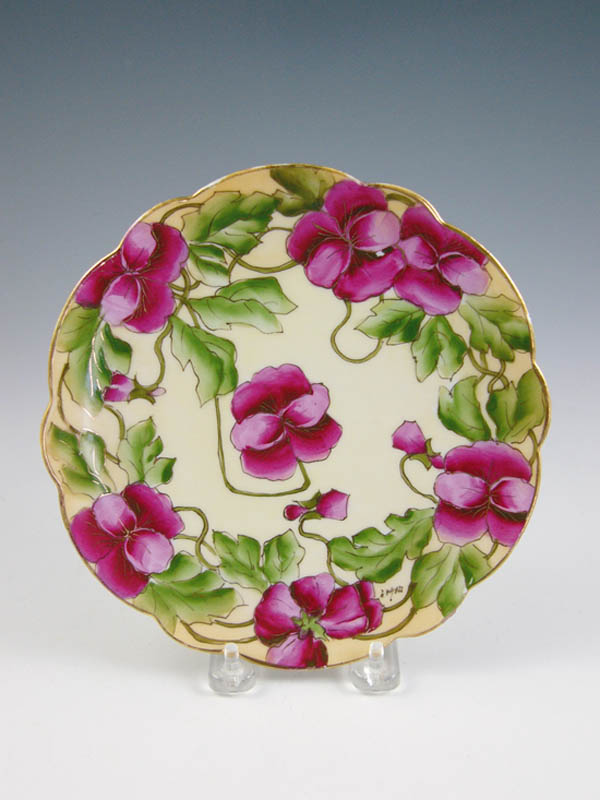
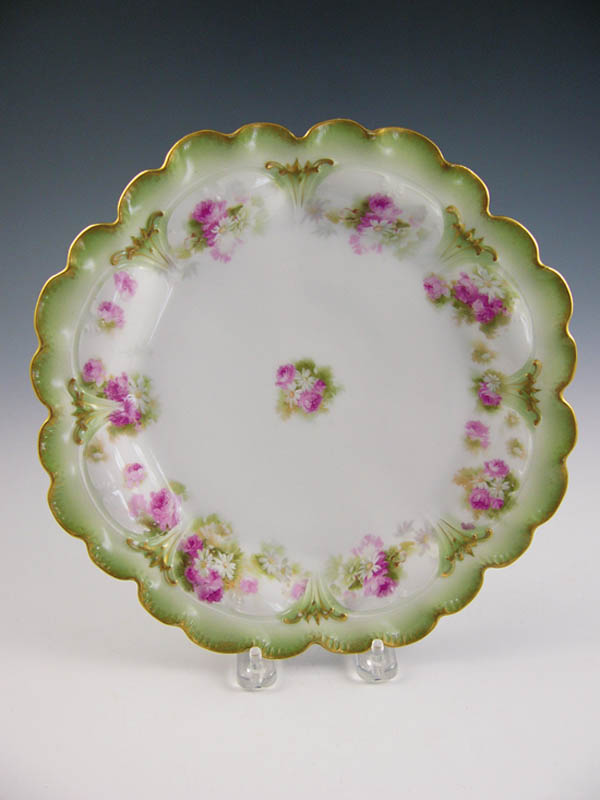
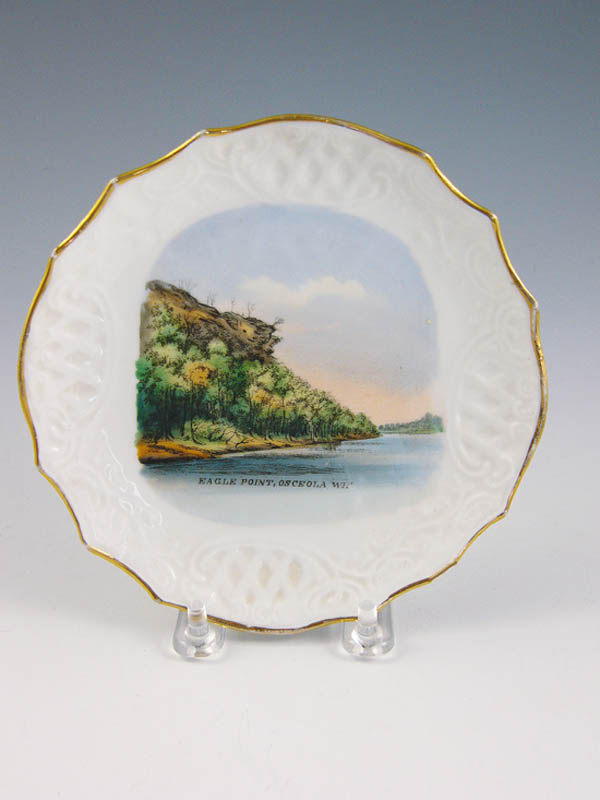
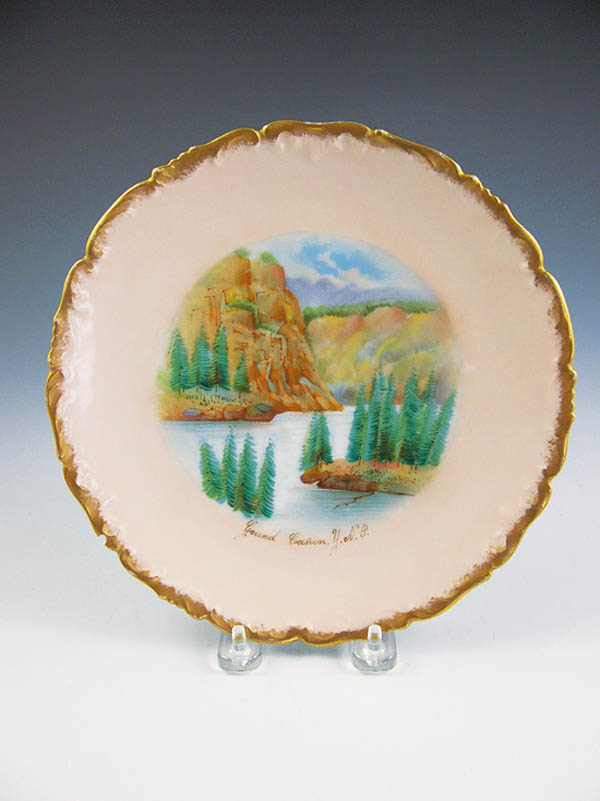
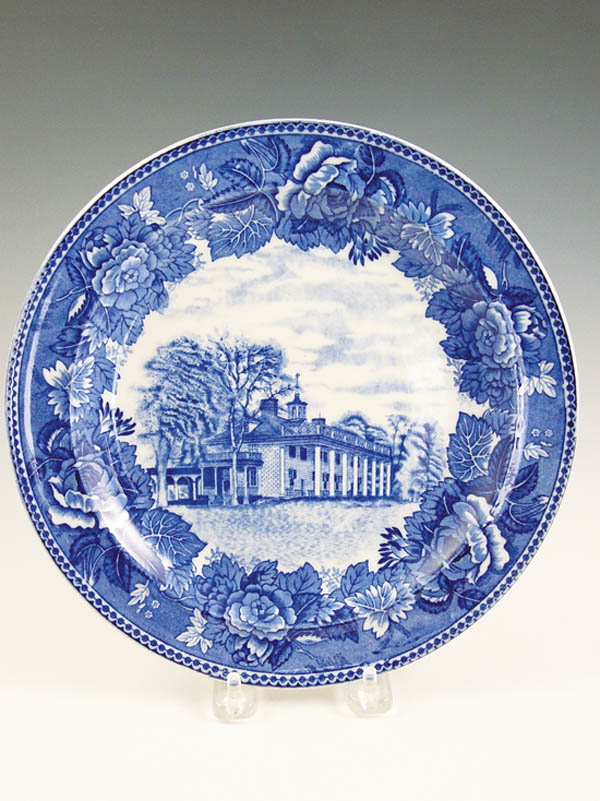
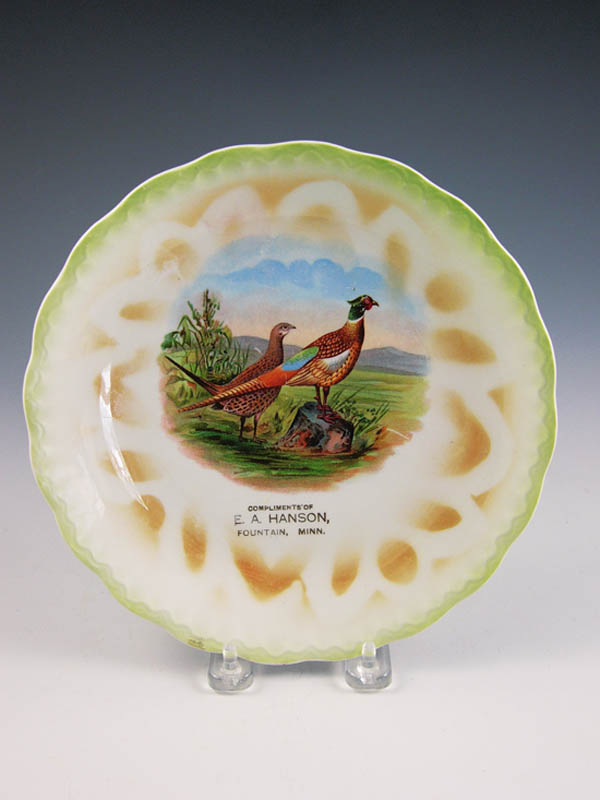

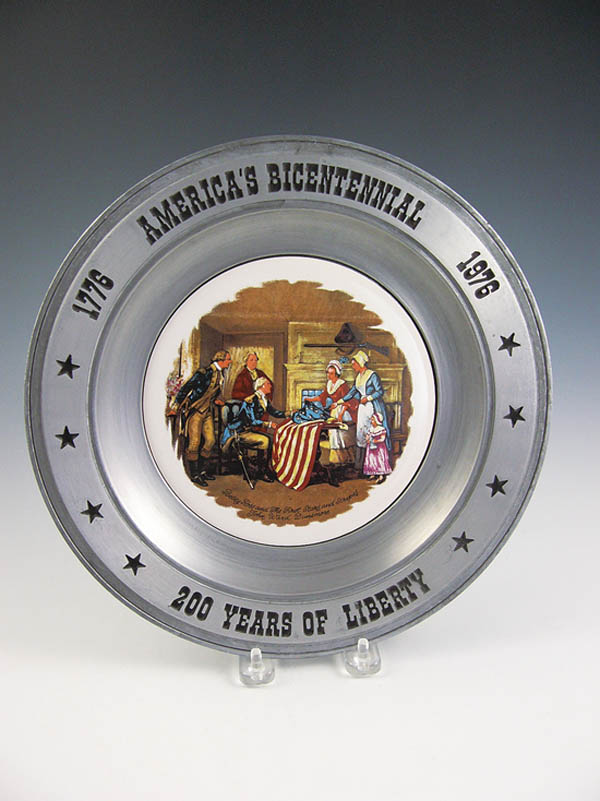

SHARE
PRINT